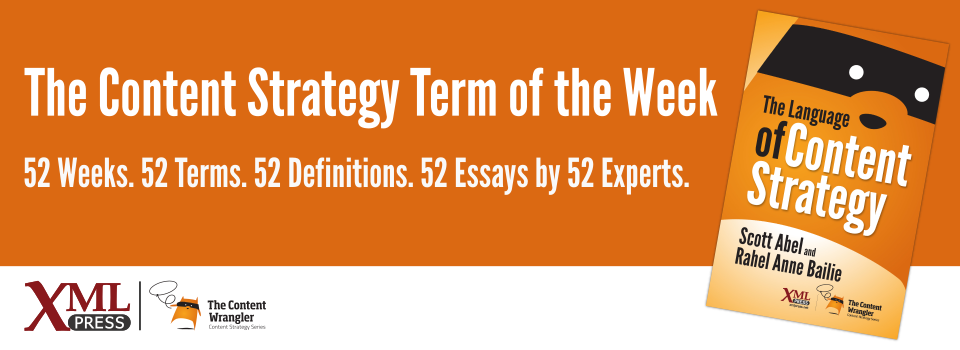What is it?
A hierarchical classification scheme made up of categories and subcategories of information plus a controlled vocabulary of terms, usually used to describe a specific area of knowledge.
Why is it important?
Provides meaningful organization for the content, as well as metadata, both of which support dynamic behavior such as searching, browsing, and related associations.
Why does a content strategist need to know this?
The practice of creating taxonomies is used in many scientific fields, and it is also an incredibly important aspect of the information sciences. While metadata identifies the meaning and purpose of information, a taxonomy provides a way to organize that information. This begins the transformation of raw information into knowledge by expressing deeper relationships between concepts.
There are three key aspects to taxonomy:
-
The terms: All the words that will be used to describe the domain in question.
-
The hierarchy: The relationships between the terms. Most taxonomies express broader-term/narrower-term relationships where the terms are examples of the categories that contain them.
-
The tagging rules: The set of guiding principles by which these terms will be applied to the objects and concepts they were intended to describe. This critical aspect is frequently left implicit.
In many scientific fields, this third aspect may not need to be explicit, particularly for taxonomies describing physical objects and substances. With content, taxonomies are often used to organize information towards a specific goal (teaching, persuading, entertaining, etc.). In these cases, it’s valuable to have a content strategist help guide and inform the rules by which a taxonomy is applied to the content it describes.
A taxonomy is used to drive dynamic uses of content. It helps create relevance when searching, a structure for browsing, a more nuanced basis for “related content.” The content strategist must understand these requirements and ensure that the taxonomy is designed to provide the data needed to support these dynamic behaviors.

